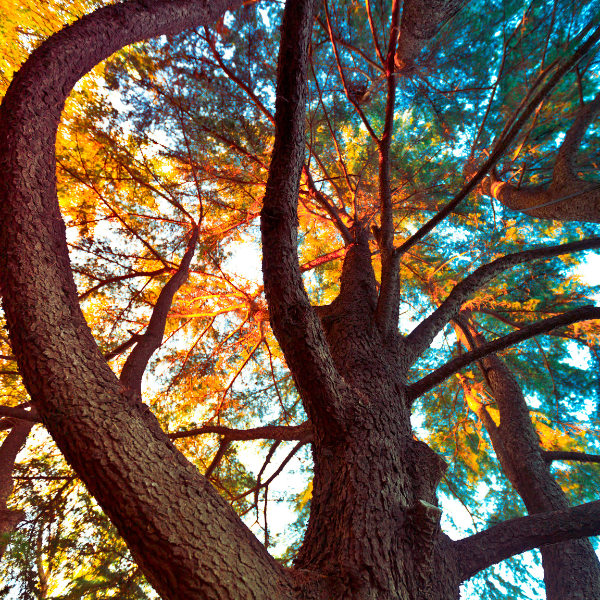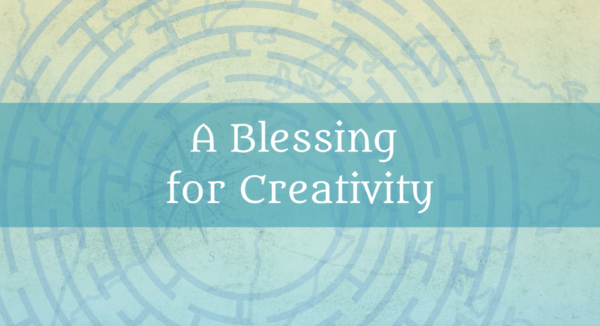Dearest monks, artists, and pilgrims,
Join Simon de Voil and me for an online retreat next Sunday April 23rd hosted by OneSpirit Seminary where we will be exploring the Spiral Year and the Celtic seasons.
This is an excerpt from my book The Soul’s Slow Ripening: 12 Celtic Practices for Seeking the Sacred:
Sacred Rhythms of the Earth
The unfolding of the seasons was an overarching template for the Celtic imagination and spirit. There are significant feast days aligned with the equinoxes and solstices, then there are the cross-quarter days, which are the midway points between them and were part of the harvest cycle.
By attuning to the rhythms of the earth, the Celtic monks allowed nature to be a wisdom guide that can teach us about life’s rise and fall. The monastic way is full of respect for these sacred rhythms. We see it especially in the liturgy of the hours, that daily unfolding of prayer which honors the movement of the earth from dawn’s first breaking open to the holy crucible of night’s stillness. Living our way into these rhythms each day and each year, gives us a way of honoring the integrity of our soul’s own cycles and rhythms. These rhythms were essential to the desert, Celtic, and Benedictine monks.
Each of the great Celtic harvest festivals happens at the midway points between the Solstices and Equinoxes. Each festival is considered to be a threshold time when the veil is thin between worlds. I offer here just a brief overview of this cycle of honoring the seasons’ unfolding.
Samhain: A Time of Remembrance
November 1st is the midway point between autumn equinox and winter solstice and is the beginning of the new year in Celtic tradition. This feast is called Samhain (pronounced sow-en).
In the ancient Celtic imagination, this was considered to be an especially “thin time” when the veil between heaven and earth grew more transparent and the wisdom of our ancestors was closer to us. We are reassured that we are not alone, that we share the world with a great “cloud of witnesses” and “communion of saints” just across the veil.
Winter invites us to gather inside, grow still with the landscape, and listen for the voices we may not hear during other times of year. These may be the sounds of our own inner wisdom or the voices of those who came before us. This season call us into the grace of descent. We spend so much of our spiritual lives trying to ascend. Descent is the path of having everything stripped away that offered comfort. In the mystical tradition, the descent is also the slow revelation of the true face and incredible mystery that is God. It is also the season to call forth the wisdom of those who walked before us.
Imbolc: A Time of Awakening
Imbolc is the midway point between winter solstice and spring equinox. February 1st-2nd marks a confluence of several feasts and occasions including: the Celtic feast of Imbolc, St. Brigid’s Day, Candlemas, Feast of the Presentation, and Groundhog Day. In Celtic cultures it is considered to be the very beginning of spring.
As the days slowly lengthen in the northern hemisphere and the sun makes her way higher in the sky, the ground beneath our feet begins to thaw. The earth softens and the seeds deep below stir in the darkness. The word “imbolc” means “in the belly.” The earth’s belly is beginning to awaken, new life is stirring, seeds are sprouting forth.
In many places the ground is still frozen or covered with snow, but the call now is tend to those very first signs of movement beneath the fertile ground. What happens when you listen ever so closely in the stillness? What do you hear beginning to emerge?
Beltane: A Time of Flourishing
Beltane (which means bright fire) is another of the cross-quarter days, representing the mid-point between the spring equinox and the summer solstice and it is often experienced at the height of spring. In Ireland it is considered to be the beginning of summer and the beginning of the light half of the year. We can feel the significant shift in light at this latitude and the days become significantly longer. Temperatures are warmer. Flowering has come to its fullness. Birds are singing in full chorus.
In Ireland the cuckoo birds start arriving from their winter in Africa, and there are music and walking festivals named after its return. The power of nature’s life force returning is celebrated. Two fires were lit and the sheep and cattle were brought to the summer pastures. It is a fire festival of fertility and garlands of flowers are made up in honor of the creative abundance beginning to stream forth from the land.
Lughnasa: The Time of Harvest
Lughnasa (pronounced loo-nassah) is one of the ancient Celtic feasts celebrated on August 1st, halfway between summer solstice and autumn equinox, marking the time of the beginning of the harvest and the gathering in. It is said to originally honor the Celtic sun-god Lugh who was an ally to the farmer in the struggle for food.
Lughnasa is a time to gather in and to reap what has been sown. It is sometimes thought of as the time of “first fruits” and is when the grain is gathered in. One of the central rituals for this feast is cutting the first corn and making it into a loaf for the Mass at church on August 1st or 2nd. In the Hebrides in Scotland, it is recorded that families would celebrate Lughnasa on August 15th in connection with the feast of the Assumption of Mary. Each family member would take a piece of the bread and walk sunwise around the festival fire and sing a song to Mary.
You can register for The Spiral Year retreat Simon and I are leading next Sunday where we will be diving into much more depth into the wisdom of the year’s turning and weaving in meditation, poetry, and song.
Join Simon tomorrow for his sacred chant service and Therese on Wednesday for Centering Prayer!
With great and growing love,
Christine
Christine Valters Paintner, PhD, REACE
Image: Paid license with Canva



